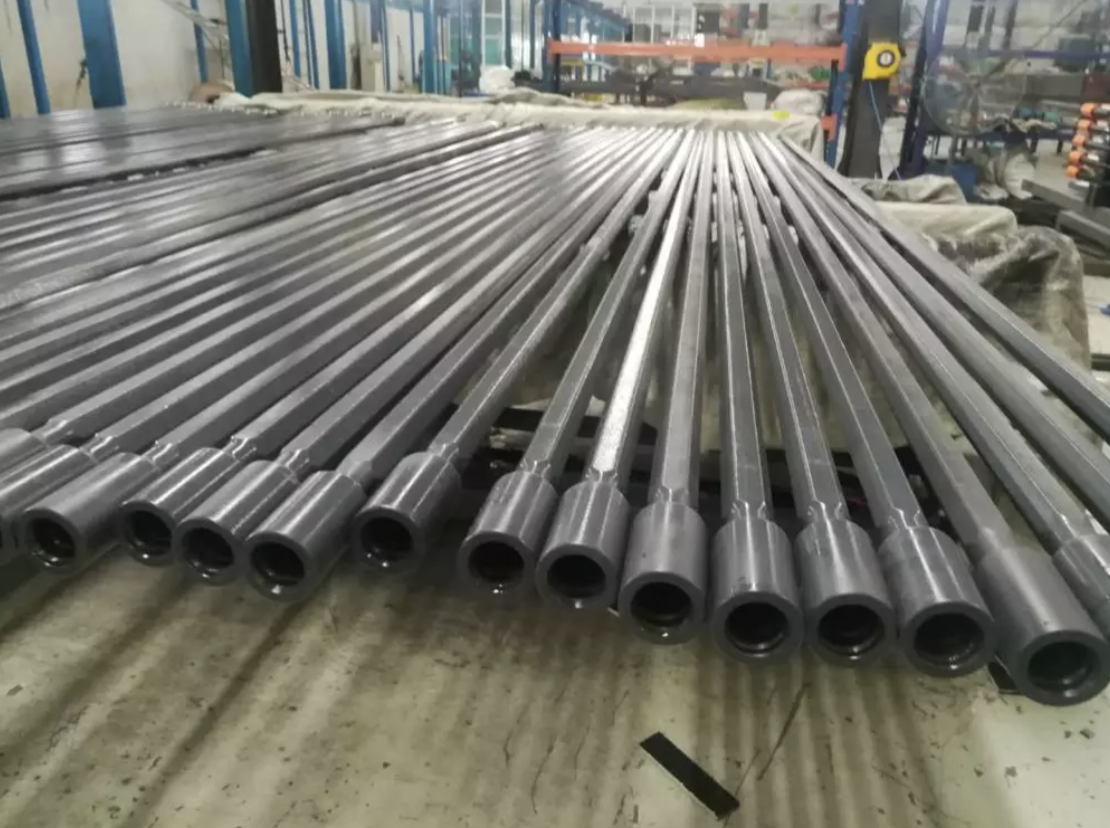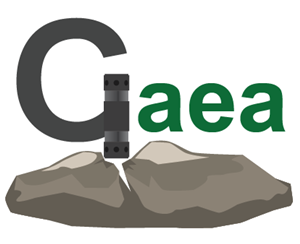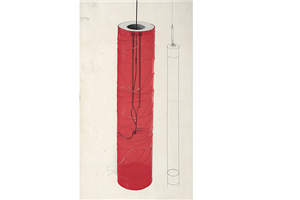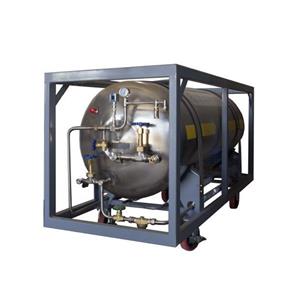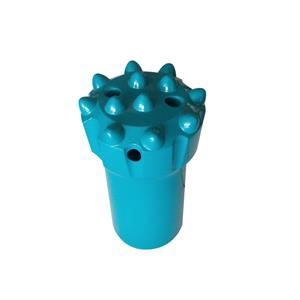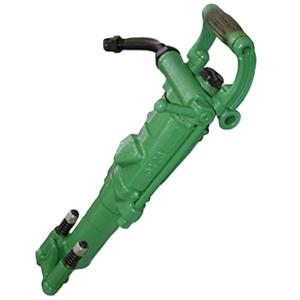Rock Drilling Rig Drill Rod Carburizing and Surface Hardening Treatments: Processes, Performance, and Selection Guide
Drill rods for rock drilling rigs are primarily categorized into two types based on their surface strengthening processes: carburizing treatment and surface hardening treatment. These two approaches differ significantly in their process methods and performance characteristics.
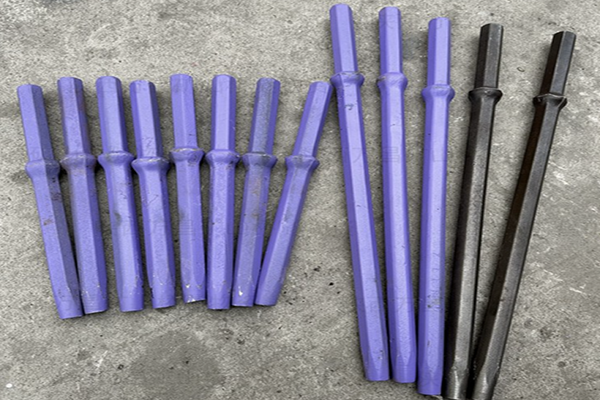
I. Differences in Heat Treatment Processes
• Carburizing Treatment: This process is typically conducted in a pit furnace under a carbon-rich atmosphere. The drill rod is exposed to specific temperature and duration parameters, allowing its surface—including the outer rod body and the inner walls of water holes—to absorb carbon atoms, forming a high-hardness, wear-resistant carbide layer. This is followed by air-cooled quenching and tempering. The resulting drill rod achieves a surface hardness of HRC 58-60, while the core retains a relatively lower hardness (around HRC 43), balancing exceptional surface wear resistance with strong core toughness.
• Surface Hardening Treatment: This method mainly employs high-frequency induction heating to rapidly and locally heat the drill rod's surface, followed by quenching and tempering. The objective is to directly create a hardened layer on the surface similar to that from carburizing, reaching HRC 58-60. Notably, the threaded connection areas, which are prone to stress concentration and require enhanced strength, often undergo additional specialized heat treatments—such as secondary high-frequency quenching or induction tempering—to optimize performance in these critical zones.
II. Differences in Performance Characteristics
• Toughness: Surface-hardened drill rods are generally considered to offer superior overall toughness compared to carburized ones. This advantage stems from the core material avoiding the carburizing process, which preserves greater plasticity.
• Fatigue Life and Wear Resistance: However, surface-hardened drill rods typically have a shorter fatigue life than carburized versions. In contrast, carburized drill rods benefit from strong adhesion between the carburized layer and the base material, along with a deeper hardened layer, leading to better wear resistance and fatigue endurance. That said, the carburizing process—particularly in controlling layer depth and carbon concentration—and the accompanying air-cooled quenching demand precise parameter management, as any variations can compromise the final product quality.
III. Applicable Scenarios
• Thanks to their enhanced toughness, surface-hardened drill rods are better suited for drilling in layered rock formations or areas with extensive fractures. In these high-impact, unstable rock environments, superior toughness helps withstand shock loads and minimizes the risk of brittle failures.
• Carburized drill rods, with their outstanding wear resistance and fatigue properties, excel in deep-hole drilling applications (such as depths over 20 meters). When paired with carburized MF (hollow steel) rods and high-guidance button bits that facilitate easy retraction, they effectively minimize hole deviation, extend the overall lifespan of the drilling assembly, and reduce operational costs for deep-hole tasks.
